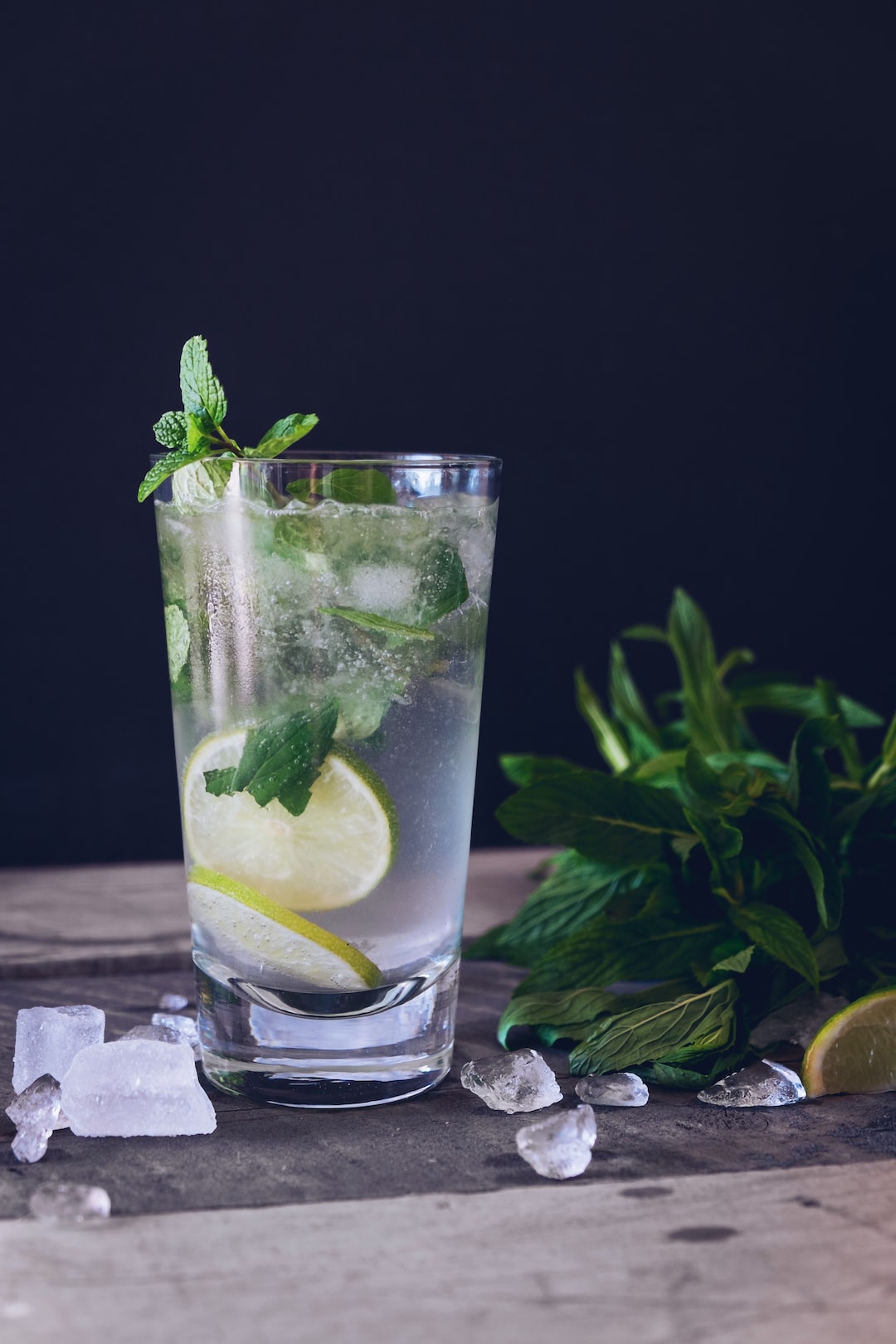The Art of Food Photography: Tips for Capturing Mouthwatering Images
In our digital age, where social media plays a significant role in our lives, visually appealing content has gained immense popularity. One particular genre that has captured the attention of many is food photography. Scroll through any social media platform, and you’ll be bombarded with an array of vibrant, mouthwatering food images that make you want to lick the screen! But how do photographers achieve such tantalizing images? In this blog post, we will explore some tips and tricks for mastering the art of food photography.
1. Lighting is Everything:
When it comes to food photography, lighting is the key to success. Natural light often provides the most desirable results, so try to shoot near a window or outside during the daytime. Avoid harsh shadows by diffusing the light with a sheer curtain or a reflector.
2. Set the Stage:
Creating an appealing backdrop for your food is essential. Consider using a textured tablecloth, rustic wooden boards, or stylish plates and props that complement the food. Be mindful of the color palette and ensure it enhances the food’s natural hues.
3. Play with Composition:
Experimenting with composition can make your images stand out. Use the rule of thirds, leading lines, or negative space to add interest and guide the viewer’s eye. Don’t be afraid to get creative and place the food off-center or at an interesting angle.
4. Fresh Ingredients:
Using fresh, vibrant ingredients can make a world of difference in your food photography. Choose produce that is in its prime to capture enticing colors and textures. Crisp greens, juicy fruits, and colorful spices can elevate the aesthetics of your images.
5. Pay Attention to Details:
Photography is all about capturing the details that make food so irresistible. Ensure your images showcase textures, like the crust of a freshly baked pie or the oozy cheese on a pizza. Pay attention to small details like garnishes or steam rising from a hot dish – these subtle elements create a sense of realism and entice viewers.
6. Experiment with Angles and Depth of Field:
Playing with different angles can create unique perspectives. Shoot the food from above for a flat-lay style image or get up close to capture intricate details. Depth of field also adds interest; try shooting with a shallow depth of field to blur the background and make the food pop.
7. Avoid Over styling:
Less is often more when it comes to food photography. Over-styling can make the image look unrealistic or cluttered. Keep the focus on the food itself and opt for simple, elegant props that enhance the overall composition.
8. Editing with Care:
Post-processing is a crucial step in achieving that mouthwatering look. Use editing software to enhance colors, adjust exposure, and sharpen details. However, be mindful not to go overboard and maintain a natural appearance. The goal is to make the image look polished, not artificial.
9. Practice and Patience:
Like any other skill, mastering food photography takes time and practice. Experiment with different foods, lighting conditions, and compositions to develop your style. Be patient with yourself and don’t be discouraged by initial setbacks – the more you practice, the better your images will become.
Food photography is an exciting genre that allows you to capture the beauty and deliciousness of edible creations. By following these tips, you’ll be well-equipped to take your food photography to the next level. Remember to have fun, push your creative boundaries, and most importantly, enjoy the mouthwatering results!

